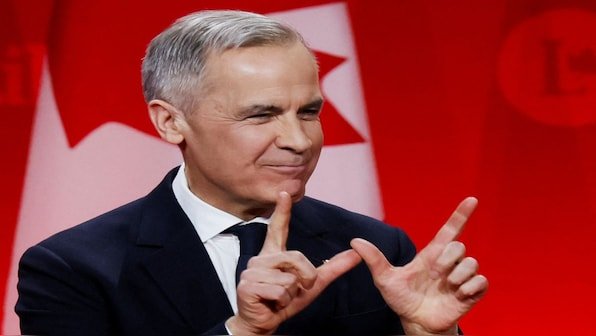
After a long wait and following Justin Trudeau’s teary exit, now comes Mark Carney. Canada’s Liberal Party overwhelmingly elected the former Bank of England boss to be the new leader of the party and also be the 24th prime minister.
Carney won the Liberal Party leadership race handily, with 85.9 per cent of the vote, followed by eight per cent for Chrystia Freeland, 3.2 per cent for Karina Gould and three per cent for Frank Baylis. With this, the 59-year-old will be the first person to become Canadian prime minister without being a legislator or any Cabinet experience.
However, Carney may not have the job for long. The North American nation must hold elections by October but could well see a snap poll within weeks.
But who exactly is Carney? What are his policies? What does his leadership mean for Canada and its allies?
From Oxford graduate to central banker
Born on March 16, 1965, in Fort Smith, Northwest Territories, Carney grew up in Edmonton, Alberta. The son of a high school principal and an elementary school teacher, he credits his parents with instilling in him a strong work ethic and a commitment to public service.
He attended Harvard where he played college-level ice hockey, starring as a goalkeeper, and later pursued further studies at Oxford. In 1995, he earned his PhD in economics from Oxford University.
Following his education, he found himself at Goldman Sachs where he worked for 13 years across cities such as London, Tokyo, New York and Toronto amassing a fortune. In 2003, he was named deputy governor of the Bank of Canada. However, he left in November 2004 for a top finance ministry job but returned to become governor of the central bank in 2008 at the age of just 42.
Content retrieved from: https://www.firstpost.com/explainers/mark-carney-replacing-justin-trudeau-canada-next-pm-challenges-donald-trump-tariffs-13870215.html.




